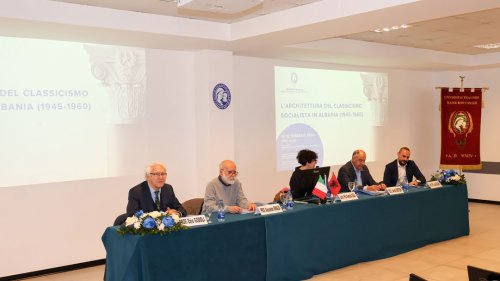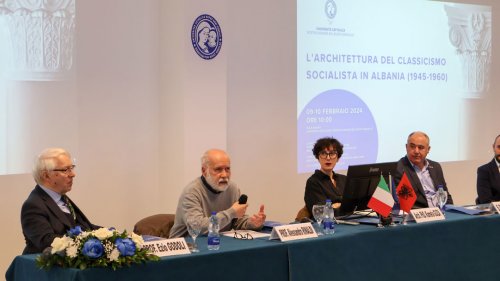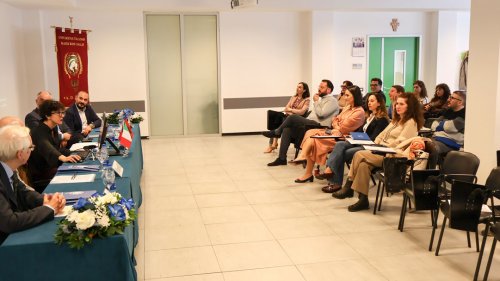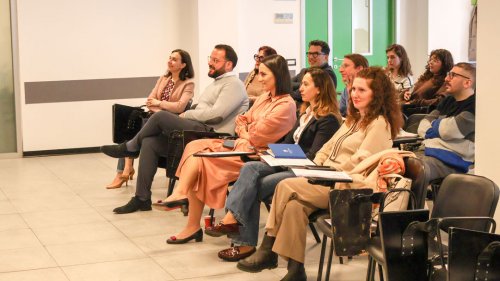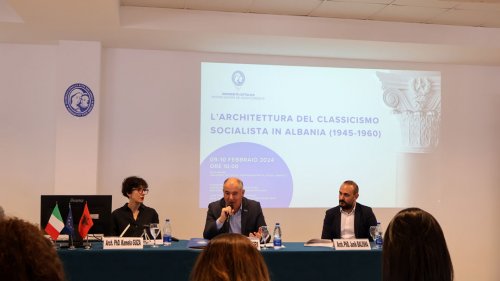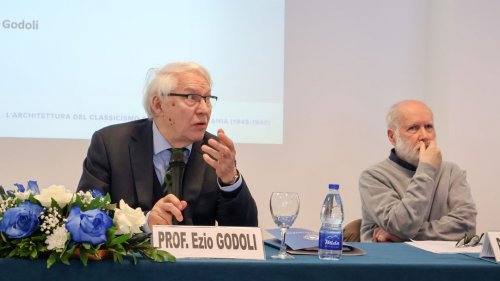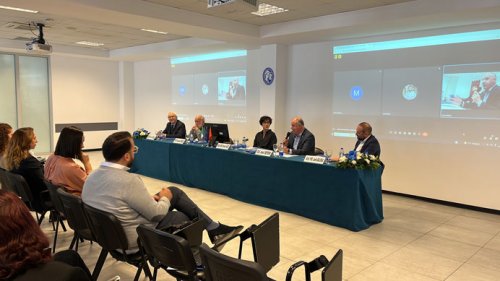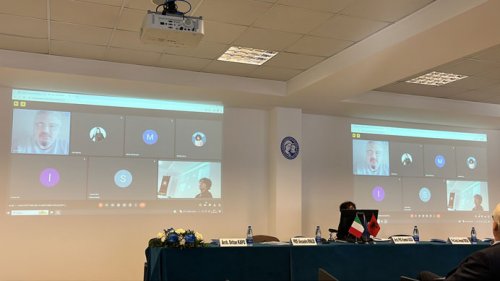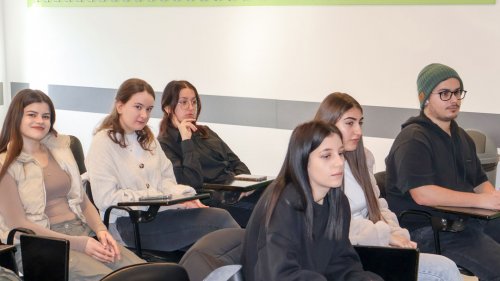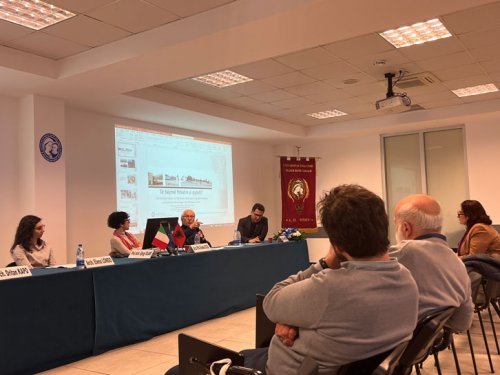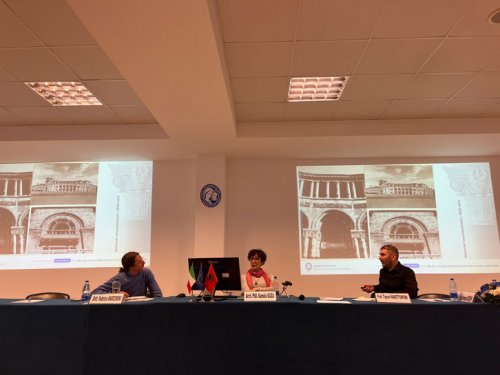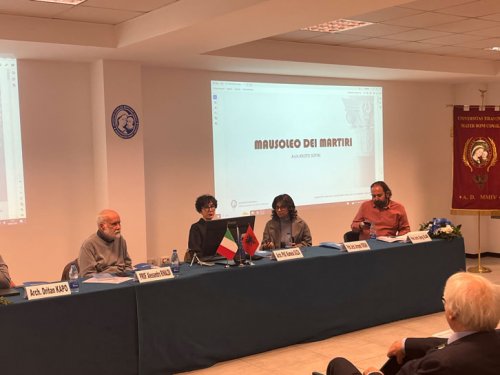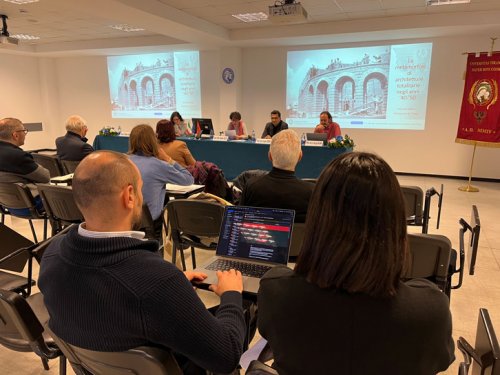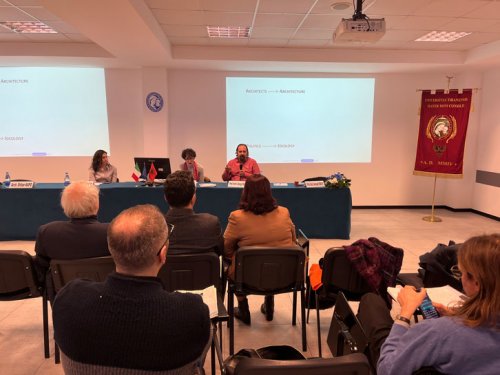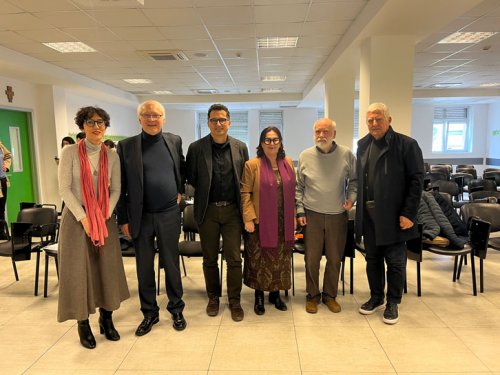In recent decades, Italian historiography has successfully dedicated itself to the investigation of architecture and urbanism in Albania during the Fascist occupation, while in more recent years there has been a revival of interest in the modernist turn of the 1960s, especially by Albanian scholars. The architectural production between these two phases, in the fifteen years from the proclamation of the Republic to the brake between Hoxha and Khrushchev, has instead been ignored for two reasons: on the one hand, the mingling with the ideology of the regime and, on the other, the adherence to a classicist architectural profile considered outdated and not worthy of attention. The conference tried to show that, on the contrary of what is usually stated, the Albanian architecture of this period comes with an original voice in the framework of the general neo-classical orientation shared by the architectural culture of all countries in the Eastern Bloc.
It was an international conference and took place both in person and remotely.
The first half of the first day was dedicated to more general historical-theoretical talks by well-known Italian architectural historians like Alessandro Rinaldi, Ezio Godoli and Mario Bevilacqua; the second half saw the alternation of talks by also well-known Albanian scholars such as the historian Elidor Mëhilli and the writer Ardian Vehbiu, both very active in the Albanian cultural scene. The conclusive moment was dedicated to the analysis of several Albanian classicist buildings and saw also the involvement of the students of the Faculty of Applied Sciences.
During the second day, Albanian scholars and architects such as Gjergji Islami, Armand Vokshi, Dritan Kapo tackled several issues regarding the comparison between the years of the Italian occupation and the Socialist Realism architecture, both in the years of the classicist phase and the rationalist turn after the 60s. An interesting contribution was offered by Federica Pompejano and Elena Londo regarding the transformation of the rural landscape during Hoxha’s regime, both from and architectural and anthropologic point of view. The last talks were dedicated to other contemporary and historical realities such as Kazakhstan (Federico Marcomini) and Armenia (Tigran Haratyunian).
The conference was an opportunity to start a constructive debate about the relationship between history and architecture, ideology and architecture, both from the point of view of the architectural forms and the construction processes. The classical language of architecture was the main focus. That is an issue that still causes very fertile discussions about not only the past of architecture, but also its future. The Albanian context offers plenty of case studies that deserve to be investigated from a historical point of view. The conference was just a starting point of a debate that we hope will generate further interest in the scholars and students.


